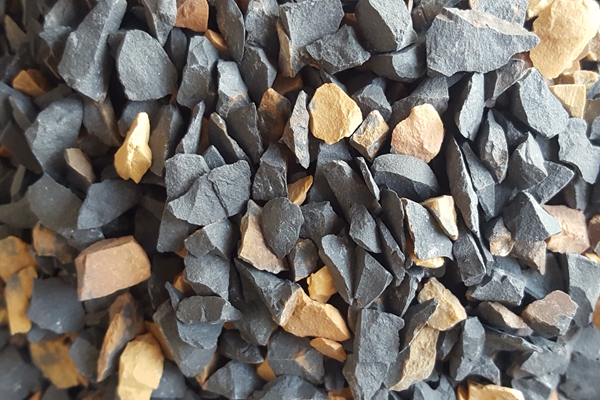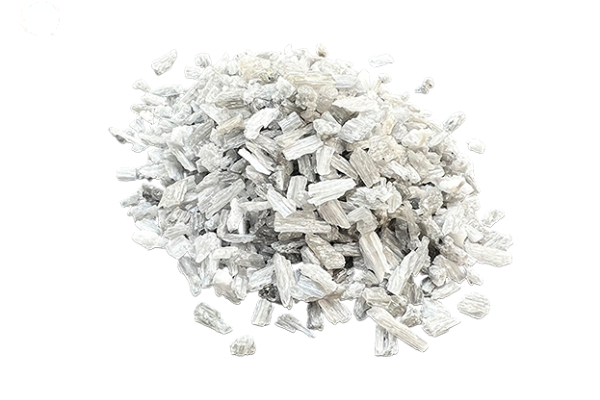The difference between sintered mullite and fused mullite
Maponi, as a high-performance refractory material, is widely used in refractory bricks, nga riipene, kiln furniture, me etahi atu mara. Based on differences in manufacturing processes, mullite is mainly divided into sintered mullite and fused mullite. Although both possess excellent refractory properties, they differ significantly in raw materials, processes, mahi, and applications.
Brief introduction to mullite raw materials
Methods for synthesizing mullite can be divided into sintering and electrofusion methods. Sintering methods are further divided into dry and wet processes based on the preparation of raw materials. The dry process involves grinding the raw materials together, then forming them into balls or briquettes before firing in a rotary kiln or tunnel kiln. The wet process involves mixing the raw materials with water to form a slurry, which is then dewatered by pressure filtration to form a filter cake, followed by vacuum extrusion to form rods or briquettes before firing.
Sintered mullite

Sintering synthesis of mullite is generally carried out at 1650-1700℃. The main process factors affecting the synthesis of mullite by sintering are the purity of the raw materials, the fineness of the raw materials, and the calcination temperature. The sintering synthesis of mullite mainly relies on the solid-state reaction between aluminum oxide and silicon dioxide. No reira, increasing the dispersion of the raw materials will accelerate the solid-state reaction process. Thorough mixing and fine grinding of the raw materials are important process conditions for ensuring the complete solid-state reaction in the synthesis of mullite. Mullite generally begins to form at 1200℃ and terminates at 1650℃, at which point it is in a microcrystalline state. When the temperature exceeds 1700℃, the crystal phase is well-developed. No reira, heating to a certain temperature and maintaining that temperature for a certain period of time are necessary conditions for the synthesis of mullite. The purity requirements for the raw materials used in the synthesis of mullite are very strict; even small amounts of impurities will reduce the mullite content. Heoi ano, in industrial production, it is inevitable to introduce impurities, mainly Fe2O3, TiO2, CaO, Mgo, Na2O, K2O, etc. Among these, Na2O and K2O are the most harmful, as they reduce the formation of mullite and lead to the production of a large amount of glass phase, thus lowering the mullite content. Fe2O3 will delay the mullitization process and increase the amount of glass phase.
Fused mullite

The electrofusion method involves placing the raw materials in an electric arc furnace, melting them at the high temperatures generated by the electric arc, and then cooling and crystallizing the molten material. If the raw materials used are, for example, bauxite, they do not need to be ground; the lump raw materials can be directly crushed into particles smaller than 2.0 mm and then mixed evenly with other powdered raw materials in a mixer. Fused mullite is produced by melting the mixed materials in an electric arc furnace, with mullite crystallizing from the melt upon cooling. The corundum phase only appears when the Al2O3 content is greater than 80%. The phase composition of electrofused mullite generally consists of mullite crystals and a glass phase. Compared with sintered mullite, electrofused mullite has well-developed crystals, a larger grain size, and fewer defects.
 Rongsheng Refractory Factory
Rongsheng Refractory Factory
WeChat
Matawai te Waehere QR me te wechat